
The high cost of distraction: Why businesses must protect time for, um, work
In today’s hyperconnected world, workplace interruptions are the norm rather than the exception. The ding of a Slack notification, the buzz of an incoming text, a quick email reply that turns into a 15-minute tangent — they all add up.

In Maine, where many businesses thrive on lean teams, strong work ethic and deep client relationships, the cost of these micro-distractions is more than just a few lost minutes — it’s a hit to productivity, morale and, ultimately, profitability.
The solution isn’t complex. It’s a mindset shift that businesses of any size — from Portland’s fintech startups to Augusta’s law firms to Lewiston’s manufacturers — can adopt. It’s about setting clear boundaries between focused, uninterrupted work and designated times for checking messages, email, and social media.
Why it matters more than you think
The science is clear: it takes an average of 23 minutes and 15 seconds to get back on track after a single interruption, according to a widely cited study from the University of California, Irvine. Multiply that across a day and a team, and you begin to see the issue. If a worker is interrupted just four times a day, they’re losing nearly 1.5 hours of focused productivity — and that doesn’t count the drop in quality that comes with task-switching.
For Maine businesses, especially those in industries where deep work is essential — think architecture, software development, legal strategy, accounting, data analytics or complex manufacturing — these interruptions represent a real cost. Not only in billable hours or missed deadlines, but in innovation, creativity and employee satisfaction.
Attention is a finite resource
We often talk about time management, but attention management is just as critical. Unlike time, attention cannot be stretched or borrowed. It’s limited and under siege from an onslaught of digital demands.
Social media is an obvious culprit. Many companies encourage employees to build brand presence online, but without guardrails this can quickly devolve into a distraction.
A simple LinkedIn update can morph into 20 minutes of scrolling and liking posts, while an Instagram post for a product launch might unintentionally lead to browsing competitors or getting lost in a newsfeed. These are small hits to focus, but they add up.
Designing a schedule for deep work and connection
The solution isn’t to cut off communication or ban social media entirely. Businesses thrive on collaboration and connectivity. The key is structure. Leaders must help employees create clear, scheduled times for communication and digital engagement — and just as importantly, protect the time reserved for focused, high-value work.
3 actionable steps
- Establish “focus hours." Block off two to three hours in the morning and/or afternoon where internal messages, emails, and meetings are discouraged unless absolutely urgent. For example, 9 a.m. to 11 a.m. could be designated as deep work time across teams. This signals a cultural value on focus and allows people to tackle their most demanding tasks when energy and creativity are highest.
- Create communication checkpoints: Instead of checking email or Slack constantly, encourage employees to batch these tasks at set times — perhaps once mid-morning, once after lunch and once before wrapping up. This structure enables responsiveness without sacrificing concentration.
- Define social media purposefully: If social media is part of an employee’s role, clarify when and why they should engage with it. Consider scheduling posts and batching engagement rather than leaving it open-ended. Tools like Buffer or Hootsuite can help. For employees not involved in external messaging, consider setting expectations around personal social media use during work hours.
Culture change starts at the top
Leaders need to model this behavior. If a manager sends emails during “focus hours” or expects instant replies on Slack, the rest of the team will follow suit. Communicate clearly about the value of protected time, and recognize deep work as a sign of high performance, not just how quickly someone replies to a message.
Furthermore, Maine’s business culture — emphasizing trust, community, and hard work — is well-positioned to embrace these changes. We don’t need constant oversight; we need clear expectations and the space to deliver excellent work.
Protect the bottom line through focus
Ultimately, every interruption costs more than time — it erodes the quality of thinking, increases stress, and hampers meaningful progress. As digital distractions escalate, businesses that proactively carve out time for deep work will gain a competitive edge.
By helping employees toggle between connectivity and concentration — instead of expecting both simultaneously — Maine businesses can build healthier, more effective workplaces. In the race for productivity, sometimes the best strategy isn’t to go faster — it’s to go deeper.
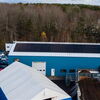






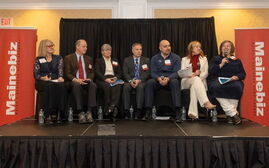

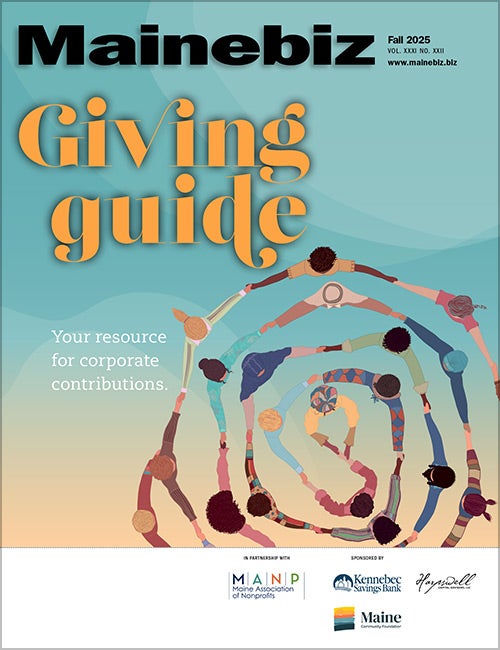
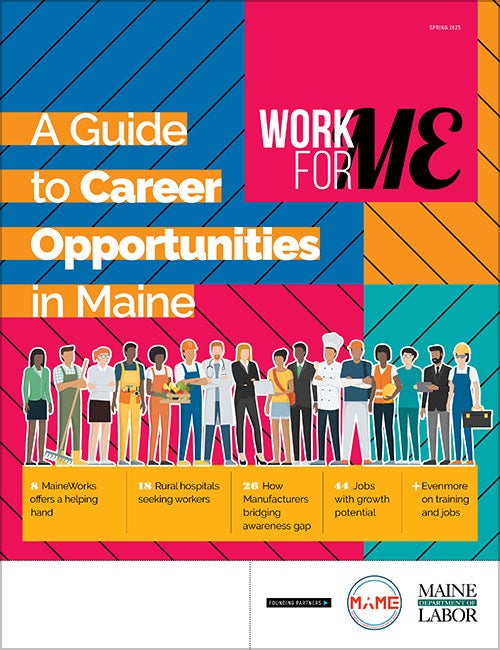
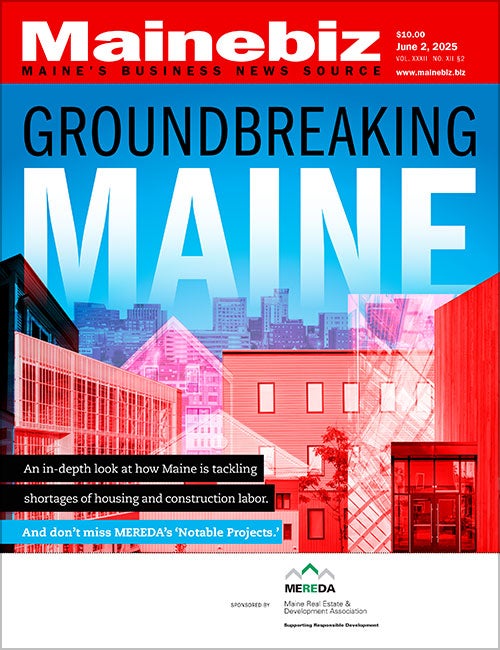

0 Comments